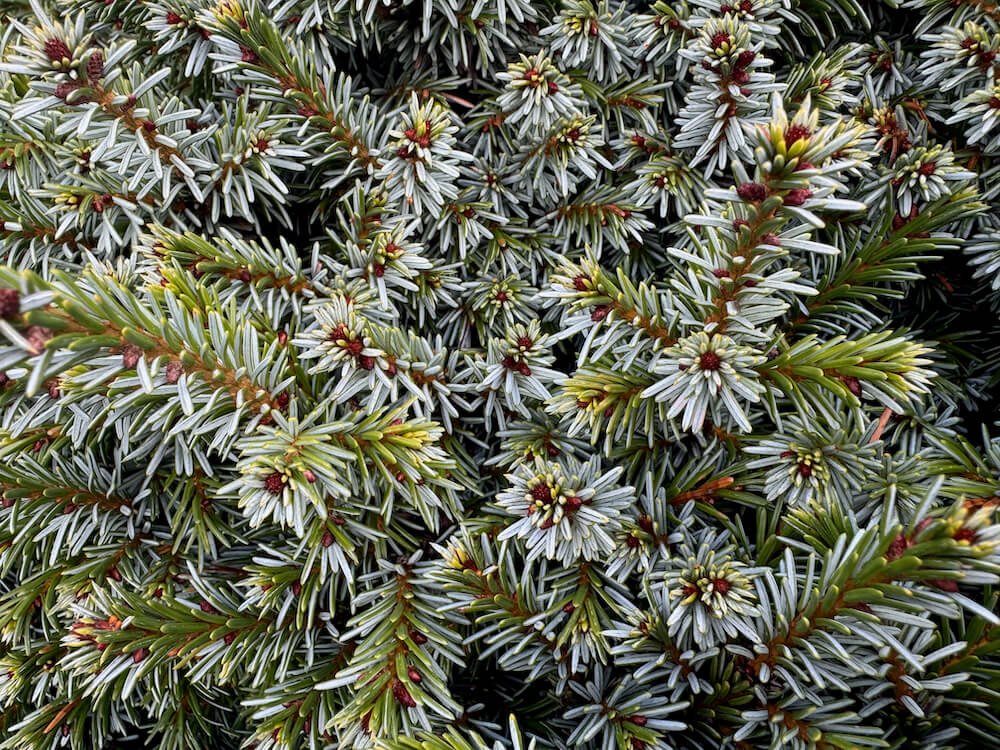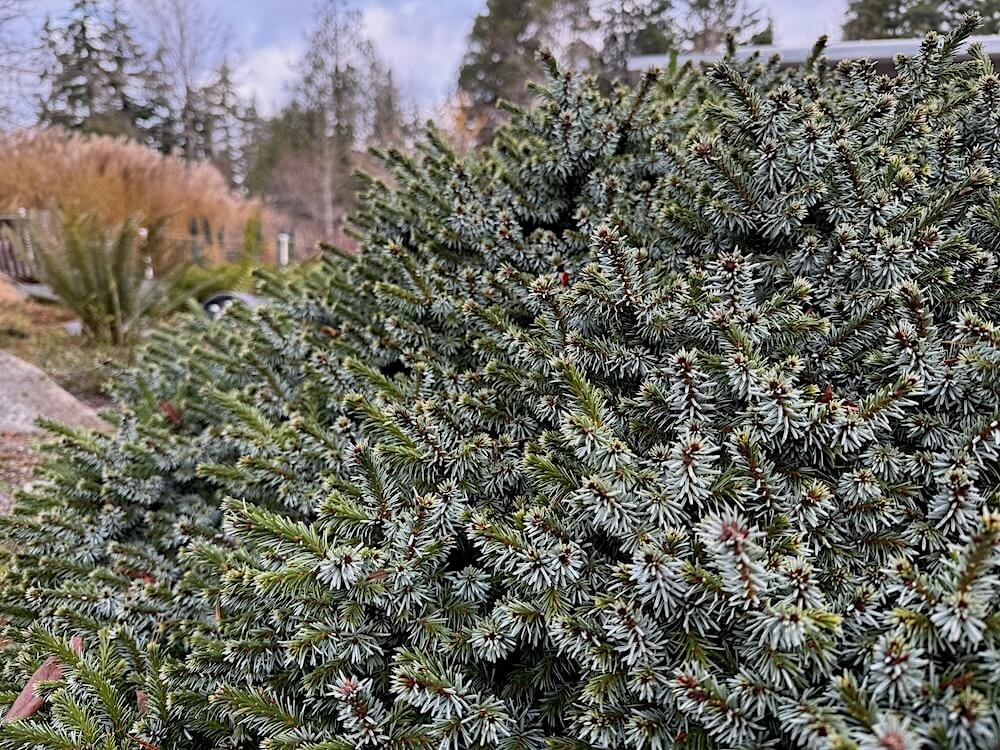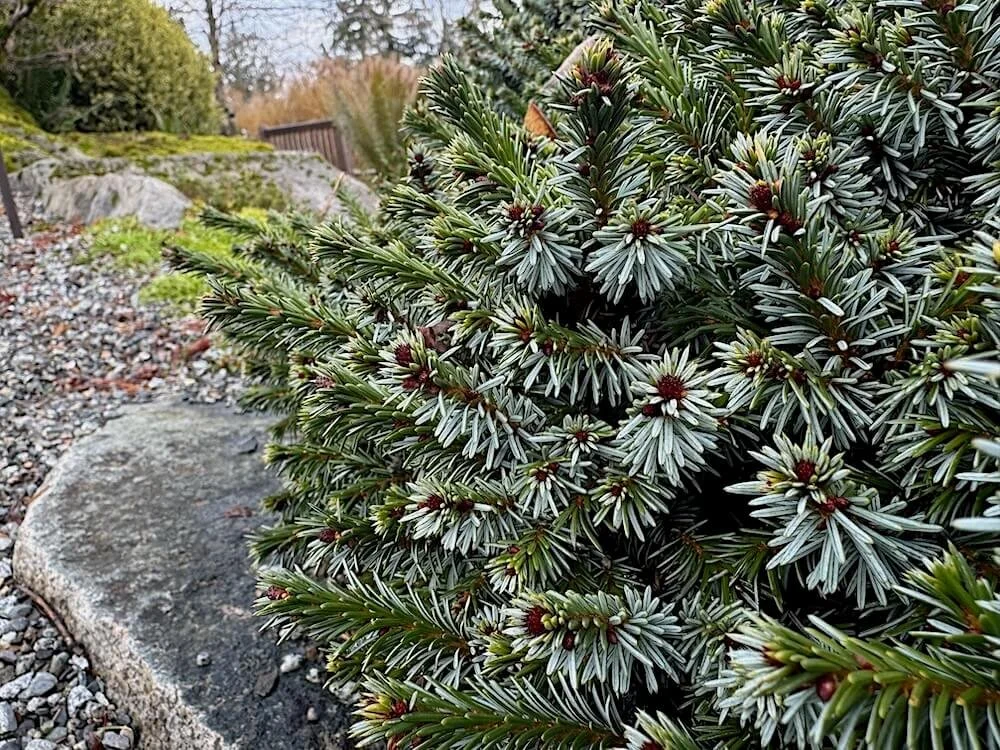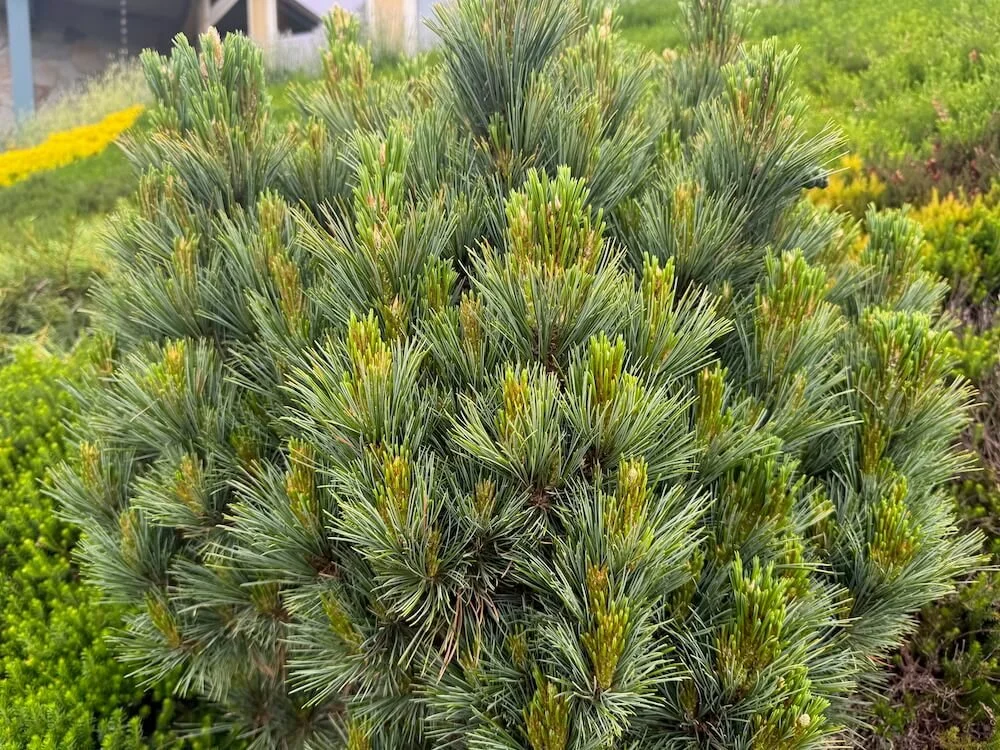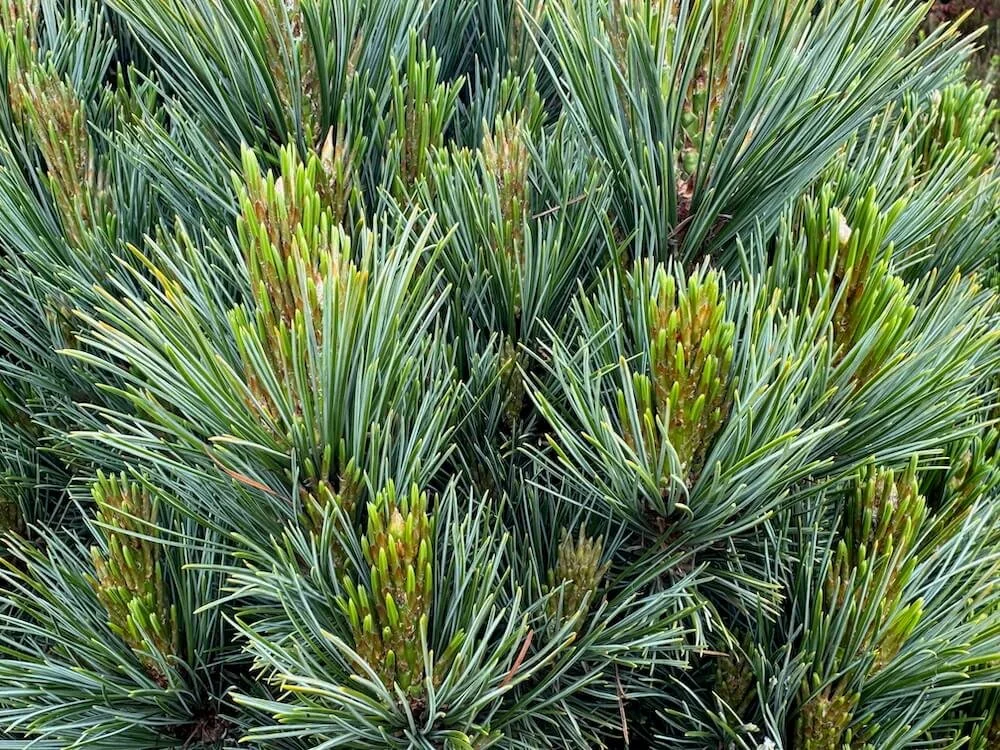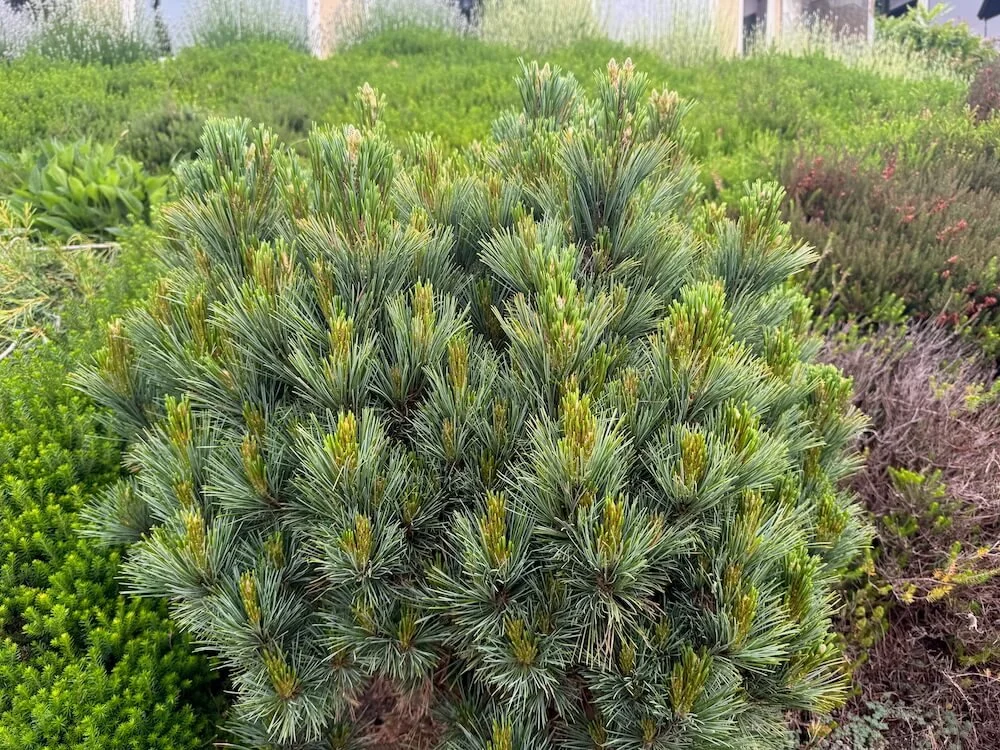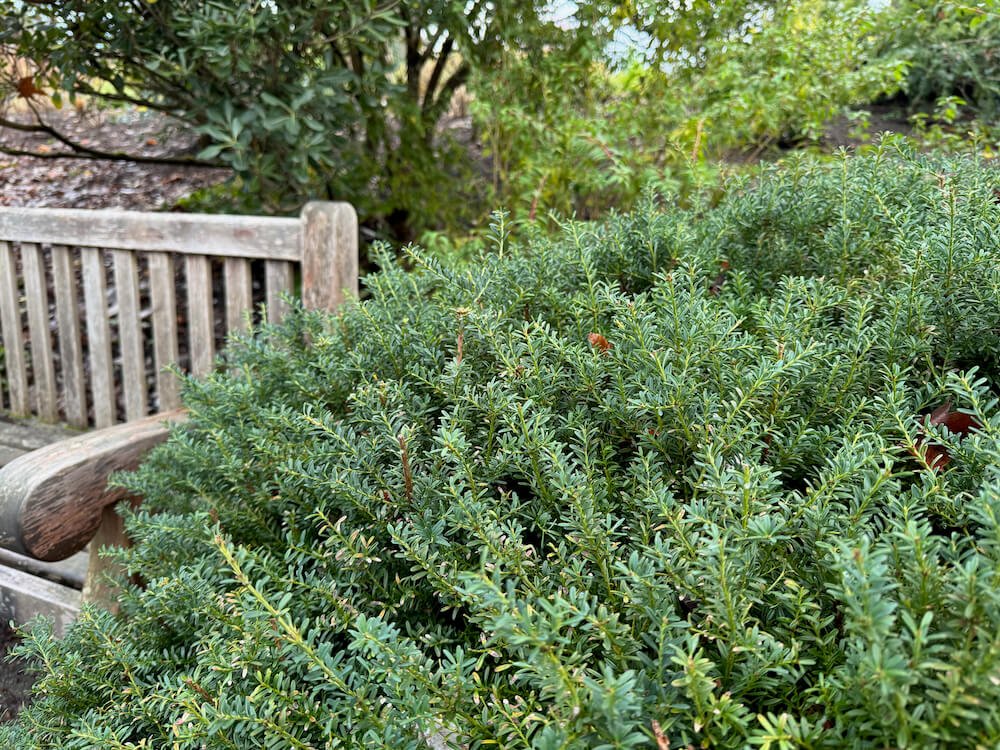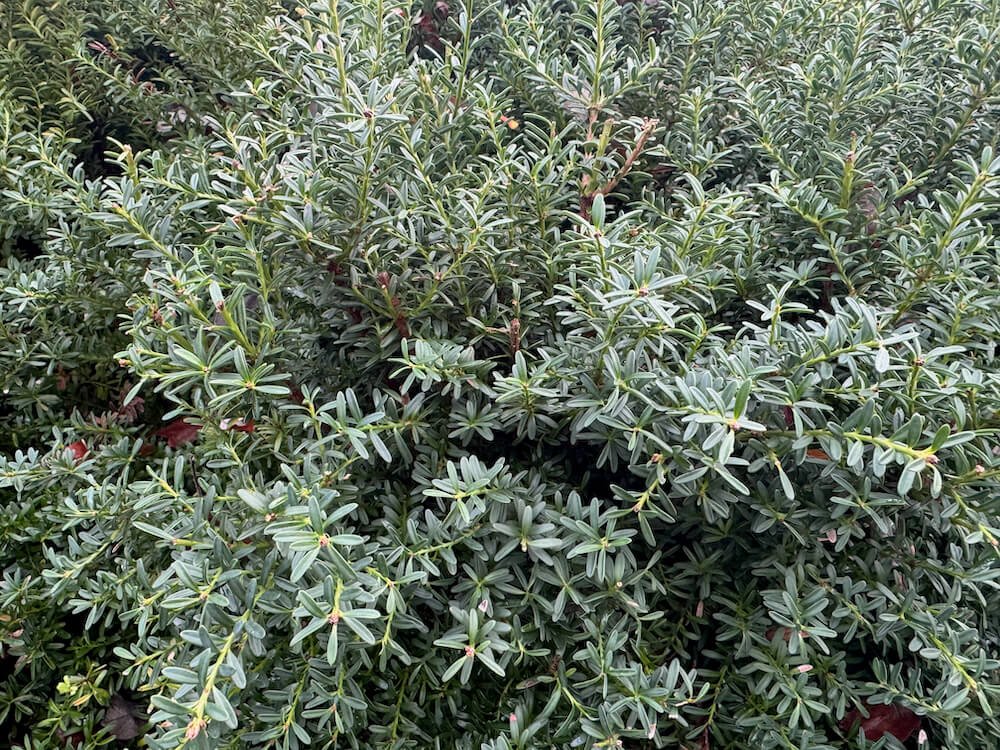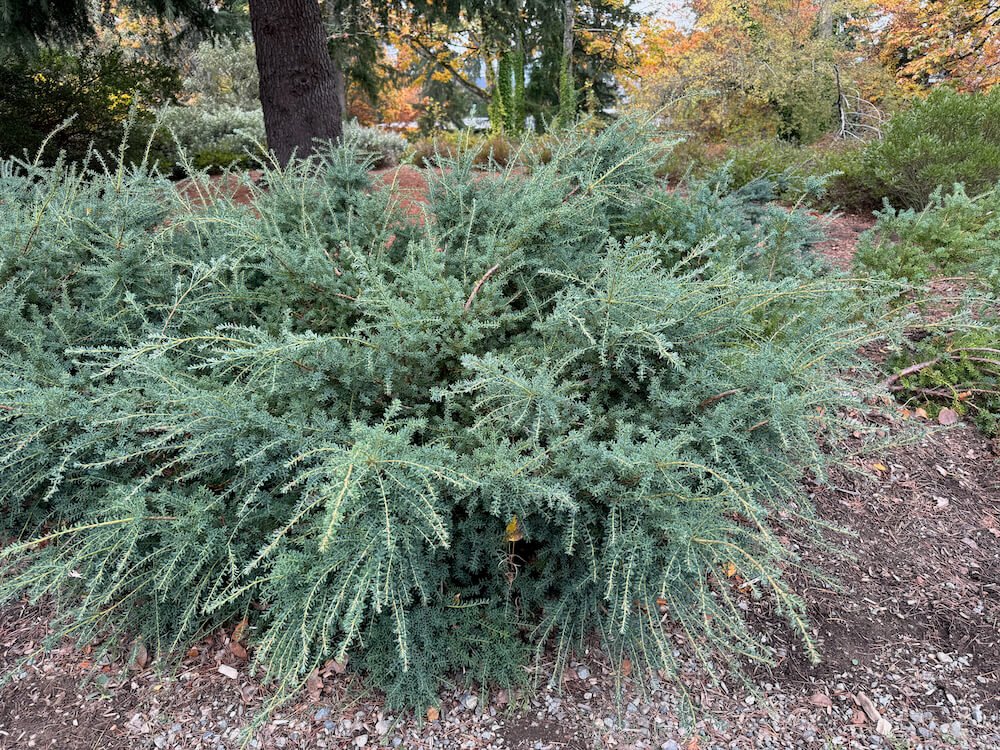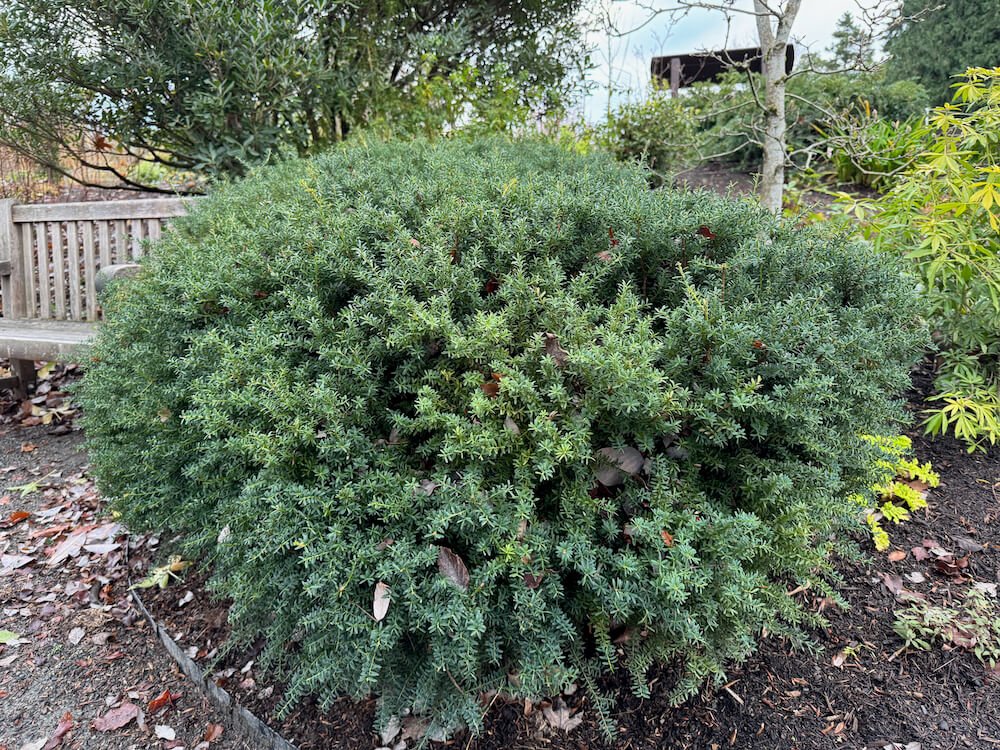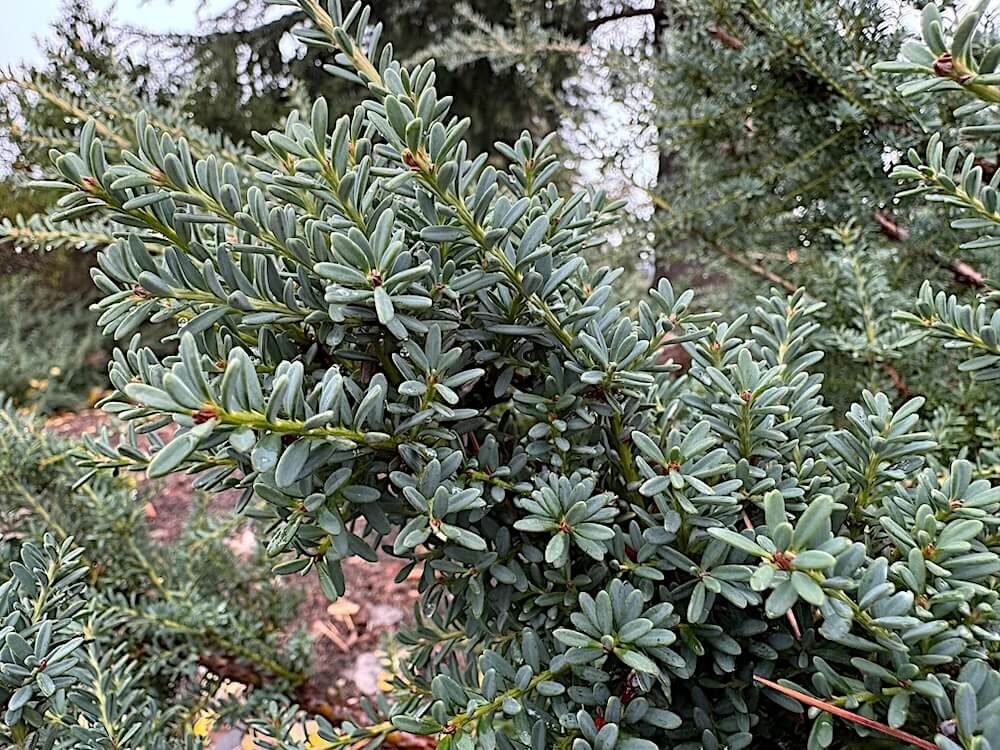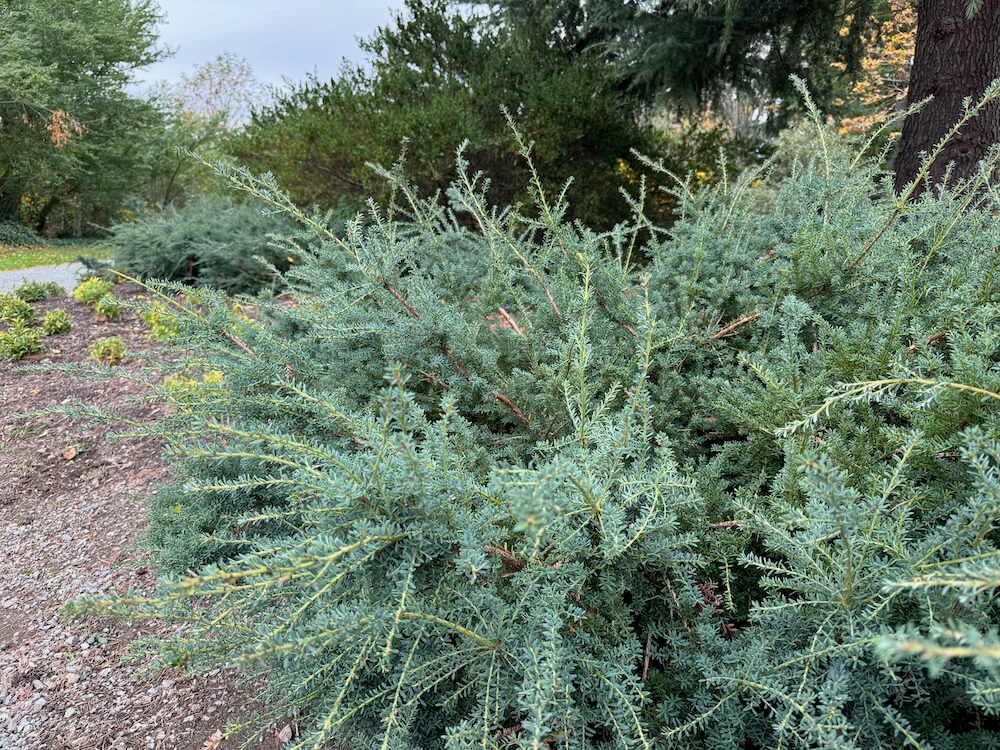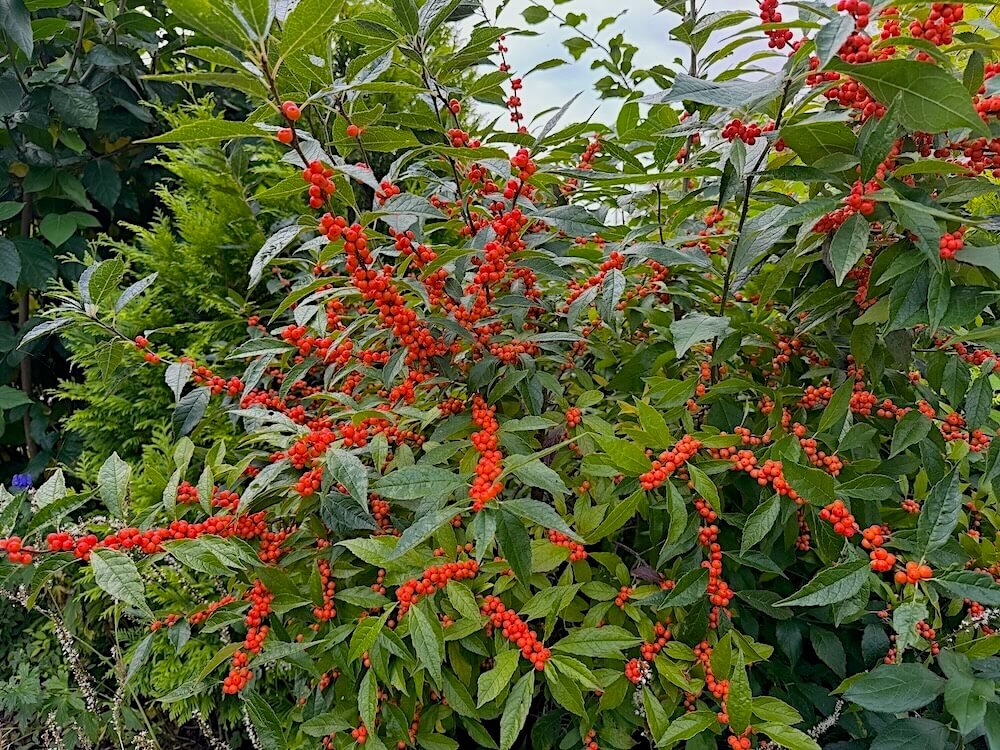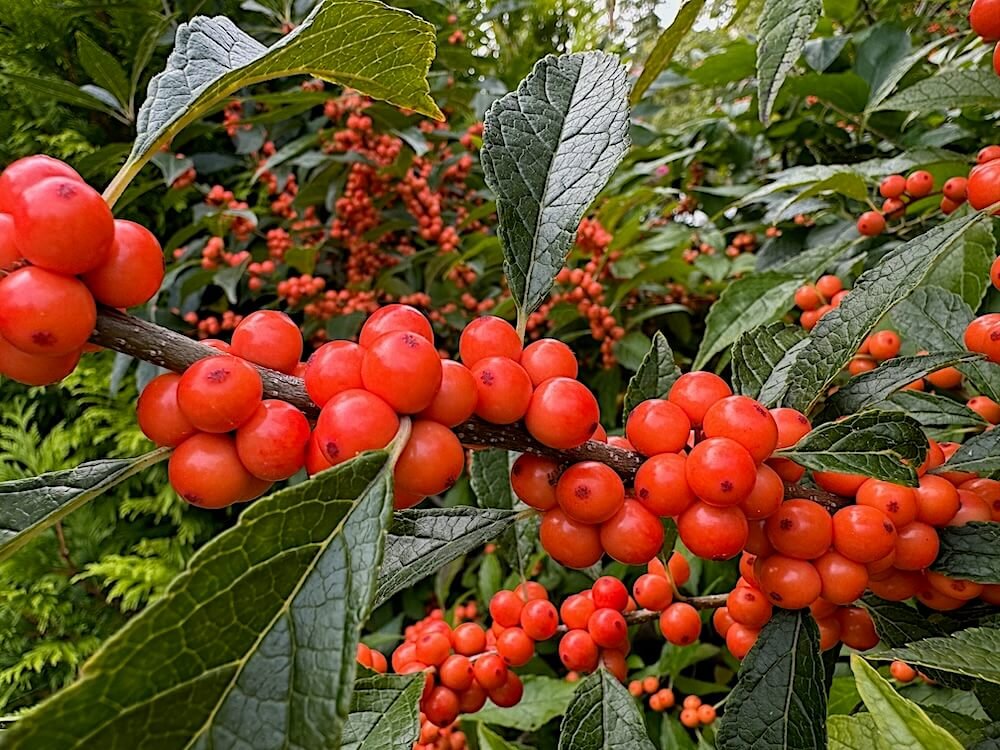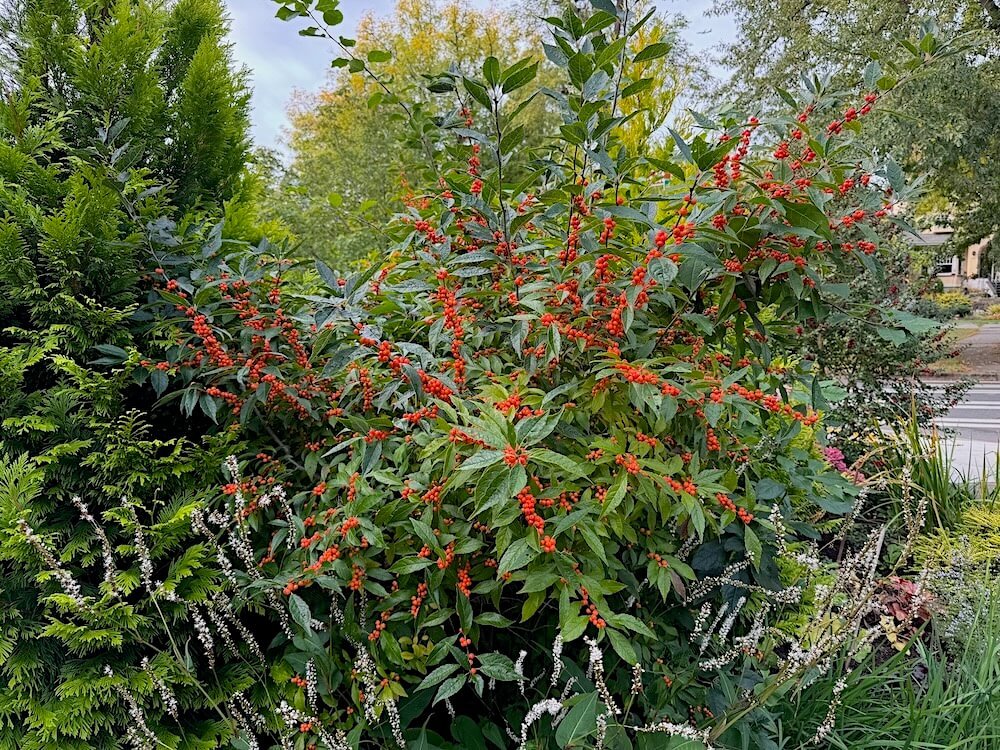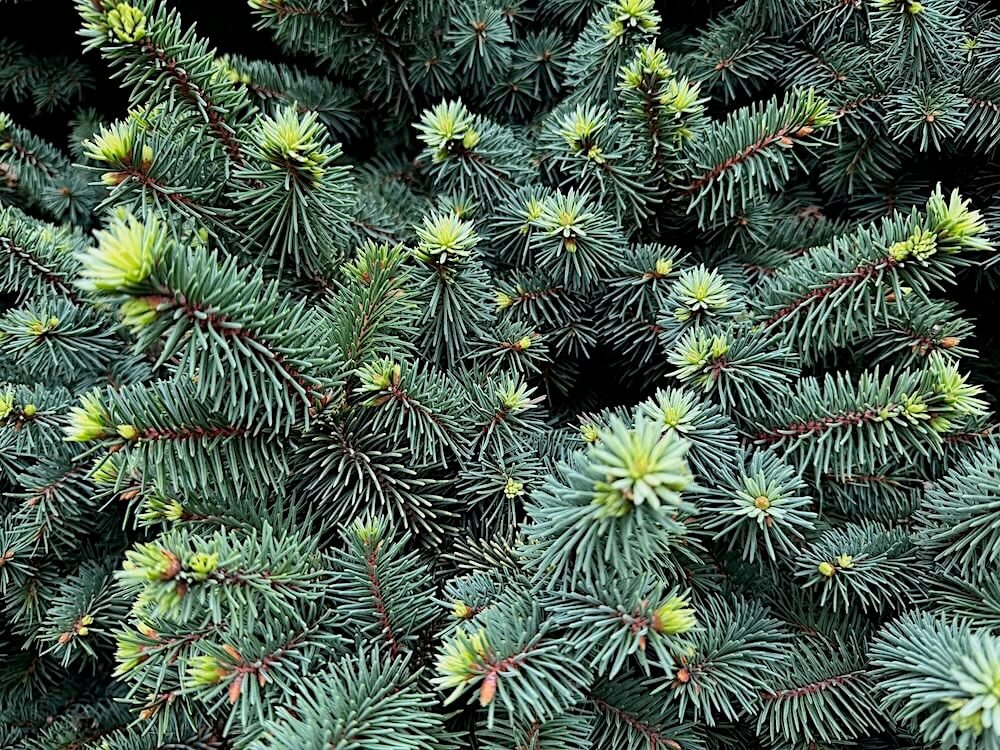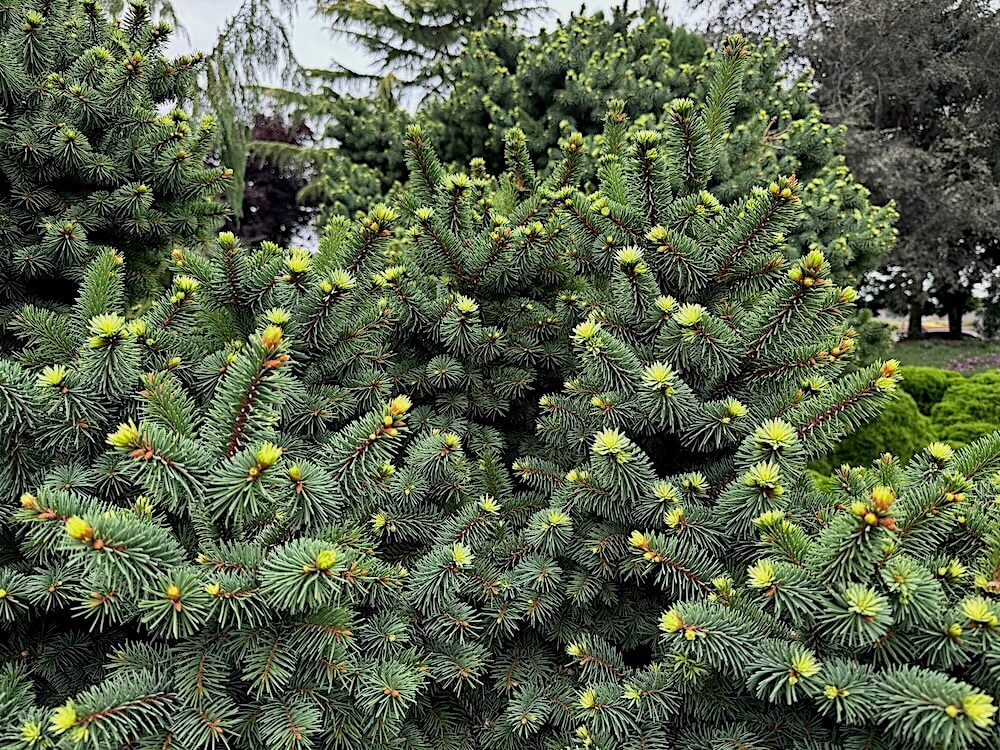DESCRIPTION
Picea omorika 'Pimoko' is a compact, slow-growing evergreen conifer known for its dense, rounded shape and fine-textured needles. The short, dark green needles display a silvery-blue underside, adding a shimmering effect to the plant. Although primarily valued for its foliage, 'Pimoko' occasionally produces small, cylindrical cones that add to its visual interest.
This cultivar is derived from the Serbian spruce, Picea omorika, which is native to the mountainous regions of the Balkans. Bred for its manageable size and unique form, 'Pimoko' is a popular choice for rock gardens, containers, or as a focal point in smaller landscapes. Its adaptability and distinctive appearance make it a versatile addition to ornamental plantings.
DESCRIPTION
Picea omorika 'Pimoko' is a compact, slow-growing evergreen conifer known for its dense, rounded shape and fine-textured needles. The short, dark green needles display a silvery-blue underside, adding a shimmering effect to the plant. Although primarily valued for its foliage, 'Pimoko' occasionally produces small, cylindrical cones that add to its visual interest.
This cultivar is derived from the Serbian spruce, Picea omorika, which is native to the mountainous regions of the Balkans. Bred for its manageable size and unique form, 'Pimoko' is a popular choice for rock gardens, containers, or as a focal point in smaller landscapes. Its adaptability and distinctive appearance make it a versatile addition to ornamental plantings.


